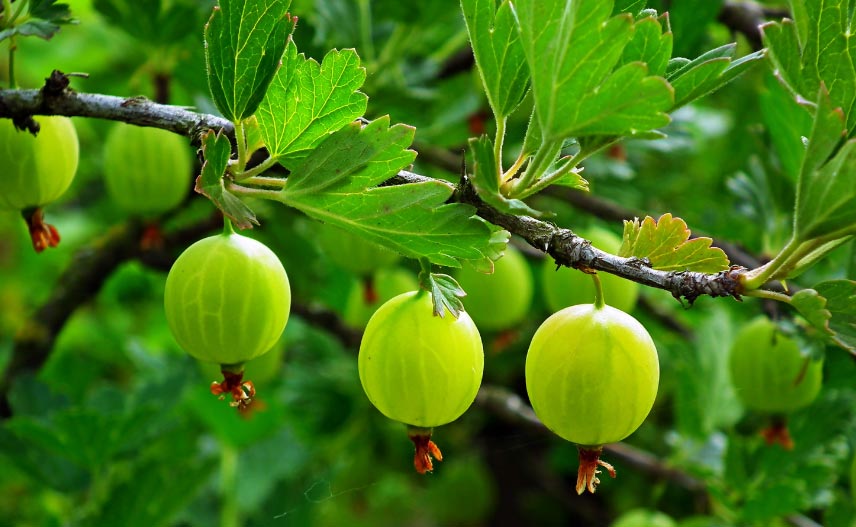Whether you have apples, cherries or other fruit trees from southern Ontario, here’s how to prune fruit trees.
Establishing the basic shape
At the garden centre, the fruit trees offered for sale may be three years or older and the basic shape already begun or established, having been pruned at the nursery. You need now only to maintain and improve the open-centered vase shape that is desirable.
A whip or maiden, when planted, should be cut back to 60cm for Peaches & Apricots; 100 cm for Apple, Pear, Plum and Cherry. Prune any side branches back to two buds.
Prune in mid-winter when the tree is dormant. Select three or four well-spaced branches that radiate evenly from the trunk.
By the third winter, the basic scaffold of three or four main branches is established. Retain the best-placed shoots near the tip of each branch and one or two other side shoots.
Always cut to an outward-facing bud to maintain an open centre. The more horizontal the branching, the more and earlier fruiting will occur.
Pruning & thinning the fruit bearing tree
Heading back and thinning should always be done mid-winter when the tree is dormant. Summer pruning to remove leafy foliage and expose the ripening fruit to more sun should be done about a month before the picking date.
Apples:
The fruit is borne on the long-lived “spurs” on the secondary branches. Allow only one apple per spur for larger fruit. Thin out the fruit on the branch mid-way to the maturity date, leaving 20 cm between fruit. Do not damage the spur when picking as it will bear fruit again next year. Turn the apple bottom up and lift. Do no pull down or the spur may pull away.
Pears:
Very similar to apples but they need even less pruning.
Cherries:
No thinning of fruit required. They can be allowed to bear heavily. A protective netting will be needed to prevent birds from taking the fruit.
Plums:
European Plums have long spurs and do not usually need thinning. Leave 10 cm between fruit. Japanese Plums have very short spurs and overbear. Thin fruit at thumbnail size, leaving 10 cm to 15 cm between fruit.
Apricots:
Heavy pruning is needed to keep the Apricot producing. The best shape is low and wide spreading with no long branches. Thin and head back every year in winter. Fruit can be produced on the growth made last season, but the bulk will be on four year old spurs. Encourage new spurs by pinching back laterals when they are about 10 cm long.
Peaches, Nectarines: The open centred vase shape is important in allowing sunshine to reach the lower inside of the tree. Always cut outward-facing lateral branches.
 Note that fruit is formed only on the branch segments that grew last summer. New wood grows on beyond the fruit and will produce next years crop. Once harvested, the fruiting section will never fruit again so cut back two year old stems to promote new growth.
Note that fruit is formed only on the branch segments that grew last summer. New wood grows on beyond the fruit and will produce next years crop. Once harvested, the fruiting section will never fruit again so cut back two year old stems to promote new growth.
Should you have any problems or questions concerning your plant material, please call us!
We look forward to serving you in the future.





